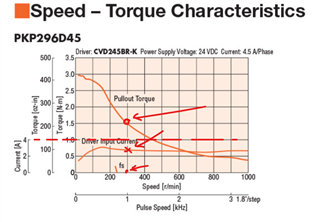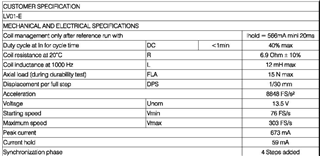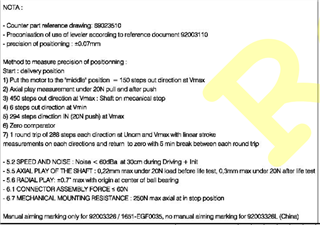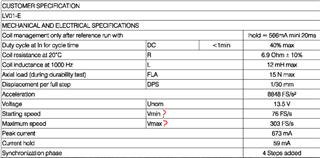Hello expert,
Pls support the following question,thank you!
1.what is the relationship between VM and the full-scale-current(IFS)?Base on the current regulation,when VM increase,the current of motor ramp up quickly,and the Ton of the H-bridge will decrease,so the peak current will no change due to VM vary.Am I right?
2.About the Table 3. Relative Current and Step Directions,All the current in this list refers to the peak current,because it is a ripple current,not a DC current,due to the ON-OFF control from the H-bridge MOSFET,the actual motor current keep on ramping up and ramping down.Right?
3.When there is no step signal.The 8889 will stay in a specific step.Does 8889 keep on the ON-OFF control to maintain a peak current corresponding to this step?So 8889 keep on providing the driving current to the motor to keep the original status of motor when no step signal present.Right?
4.How to determine the IFS according to the detail motor spec?What happens if IFS setting is too high or to low?





